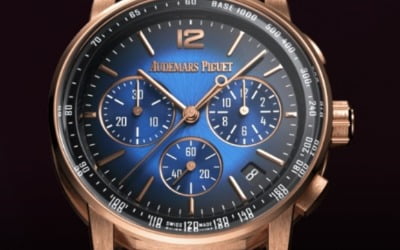"베를린 신국립미술관장입니다, 새로 짓는 미술관을 소개해 드릴게요"
-
기사 스크랩
-
공유
-
댓글
-
클린뷰
-
프린트
[arte]에이드리언 청의 아트 살롱
The Future of The Neue Nationalgalerie
신국립미술관과 베를린 현대미술관 관장
클라우스 비센바흐가 말하는
베를린 신국립미술관의 미래
Klaus Biesenbach : The Future of The Neue Nationalgalerie
The Future of The Neue Nationalgalerie
신국립미술관과 베를린 현대미술관 관장
클라우스 비센바흐가 말하는
베를린 신국립미술관의 미래
Klaus Biesenbach : The Future of The Neue Nationalgalerie
안녕하세요. 아르떼 독자 여러분, 에이드리언 청입니다.
베를린 신국립미술관의 수장은 미술관 관장인 클라우스 비센바흐(Klaus Biesenbach)입니다. 그는 혁신적이고 경계를 넘나드는 미술관 운영 방식으로 잘 알려져 있으며, 뉴욕의 MoMA PS1과 로스앤젤레스의 MOCA에서의 성공적인 경력을 쌓았습니다. 또한 베를린 쿤스트 베르케(KW) 현대미술연구소의 공동 설립자이기도 했으며 베를린 비엔날레를 이끌면서 클라우스는 현대 미술계의 선구적인 인물로 자리매김했습니다.
2022년부터 그는 신국립미술관과 현재 건설 중인 베를린 현대미술관의 관장을 맡고 있습니다. 박물관의 야심 찬 확장과 재구성를 총괄하면서, 그는 20세기 예술과 문화 유산 탐구를 위한 선도적인 중심지로서 미술관의 지위를 더욱 공고히 할 준비를 하고 있습니다. 클라우스를 초청하여 그의 광범위한 경력과 신국립미술관과 베를린 현대미술관의 향후 발전에 대한 통찰력을 제공하게 된 것을 매우 기쁘게 생각합니다.
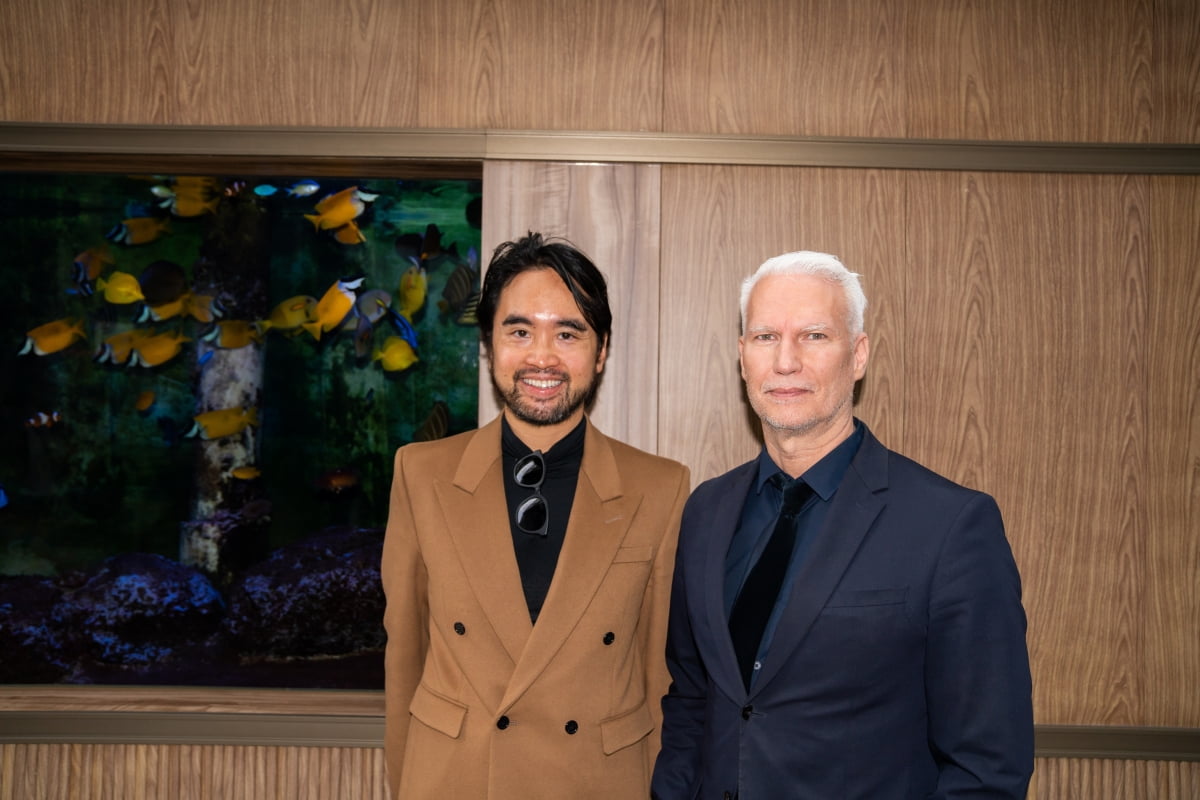
미술관이 더욱 많은 소장품을 선보일 수 있도록 하기 위해 확장 계획이 진행 중입니다. 이 기념비적인 프로젝트는 베를린 모던이라 불리며, 기존의 미스 반 데어 로에 건물과 상징적인 베를린 필하모니 사이에 새로운 건물을 건설할 예정입니다. 새로운 미술관과 인접한 신국립미술관은 20세기 국립미술관 소장품을 보유하게 됩니다.
이 프로젝트는 저명한 스위스 건축 회사인 헤르조그 & 드 뫼롱이 주도하며, 기존의 베를린 서부 문화 중심지인 쿨투어포럼과 긴밀한 관계를 유지할 것입니다. 새로운 건물은 베를린 국립 회화관, 공예 박물관, 판화 및 드로잉 박물관, 그리고 예술 도서관뿐만 아니라 유명한 베를린 필하모니와 주립 도서관 사이의 중요한 연결 고리 역할을 할 것으로 설계되었습니다.
새로운 미술관 건물과 함께, 주변의 티어가르텐 지역도 생태 복원을 진행할 예정입니다. 이 계획은 기후 변화에 대한 우려가 커짐에 따라 추진되며, 더 많은 나무를 심고, 도로와 주차 구조물을 제거하며 다양한 기후 조건에 적응하는 새로운 건축 기술뿐만 아니라 미술관 전기의 10% 이상을 제공할 태양 지붕 패널과 같은 지속 가능한 기능을 구현할 것입니다.
목표는 베를린의 도시 공간을 개선하여 보다 환경 친화적인 문화 지구를 만드는 것입니다. 전 세계적으로 지구 온난화에 대한 우려가 커지고 있는 가운데, 특히 유럽에서는 다른 지역에 비해 전통적으로 에어컨 사용이 널리 보급되지 않았기 때문에 극심한 날씨 변화에 대비하는 것이 중요합니다.
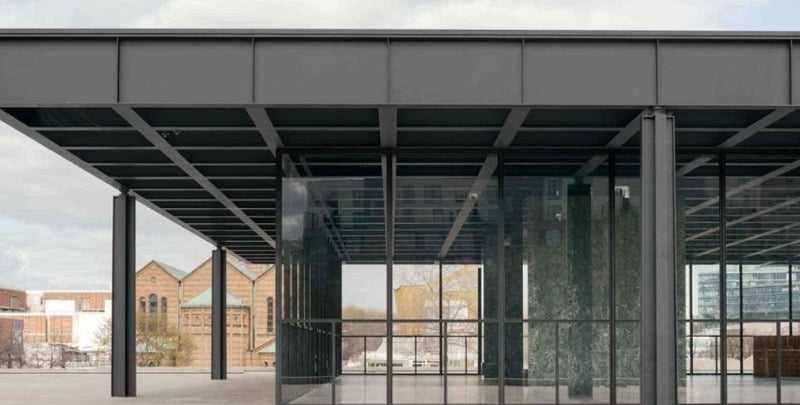
가장 최근인 2024년 초, 신국립미술관은 딘토니 팍스(Deantoni Parks)의 퍼포먼스 작품과 함께 미국의 영화 예술가 루시 레이븐(Lucy Raven)의 전시회를 선보였습니다. 이 전시회의 컨셉은 해당 지역 내 도시 자연과 함께 모든 문화 기관의 협력 노력을 강조하기 위한 것으로, 현대 예술가들이 음악 및 기타 개입으로 활기를 불어넣을 수 있는 투영 표면이 될 것입니다.
많은 유럽의 전통적인 미술관들처럼, 신국립미술관의 소장품도 여성 예술가들을 적게 대표하는 경향이 있습니다. 기관들이 소장품을 다양화하는 것은 여성 예술가들의 공정한 대표를 구현하는 것뿐만 아니라, 다양한 인종, 성별, 국적, 종교 등의 예술가들을 강조하기 위해서도 필요합니다.
베를린의 새로운 부지는 풍부한 역사적 배경을 지니고 있으며, 특히 이 기관들의 위치는 철의 장막, 베를린 장벽, 그리고 홀로코스트 기념관과 가깝습니다. 이러한 기관들은 또한 국립미술관 소장품이 대표하는 격동의 역사를 반영합니다. 소장품은 바이마르 공화국의 예술 르네상스에서부터 나치 정권의 ‘퇴폐 예술’ 억압, 동서독의 분단과 재통일 후의 예술 세계에 이르기까지 다양한 시대를 아우릅니다.
신국립미술관은 야심 찬 확장과 개조를 진행하면서 상징적인 예술 작품들을 소장할 뿐만 아니라, 20세기 역사가 어떻게 예견되고, 동반되었으며, 창의적 표현을 통해 반영되었는지를 이야기하는 중요한 기관으로서의 역할을 굳히고 있습니다.
이 새로운 국립미술관의 독특한 특성을 고려할 때, 20세기는 독일에서 중요한 시기였습니다. 이 시기는 베를린이 예술적 표현의 국제적 중심지로 부상한 시대였으며, 조세핀 베이커와 같은 저명한 예술가들이 활동하던 시기였습니다. 많은 예술가들이 현대 예술 운동에 중요한 영향을 미쳤지만, 1930년대에는 국가사회주의자 나치에 의해 퇴폐 예술로 선언되기도 했습니다.
제2차 세계 대전 후, 동베를린에는 국립미술관이 있었고, 서베를린에는 새로운 국립미술관이 구상되고 건설되었습니다. 1961년부터 1989년까지의 냉전 기간 동안, 베를린 장벽이 존재하던 시기에도 분리된 동독과 서독은 상반된 예술 작품을 수집했습니다. 독일 통일 후에는 이 두 세계관을 하나의 통합된 소장품으로 통합하는 과제가 있었습니다. 현재 전시는 이 소장품의 역사적으로 중요한 독특성을 다루기 위한 노력을 잘 보여주고 있습니다.
더욱 다학제적이고 포괄적인 접근 방식을 통해, 미술관은 예술, 디자인, 건축 및 기타 문화 형식들이 현대 시대의 격동적인 힘을 어떻게 형성하고 이에 반응하는지에 대한 깊은 이해를 촉진하고자 합니다.
클라우스 비센바흐 · 베를린 신국립미술관 관장[칼럼 원문]
Adrian’s Intro:
At the helm of the Neue Nationalgalerie in Berlin is the museum director, Klaus Biesenbach. Known for his innovative and boundary-pushing approach to museum leadership, and a career that has spanned acclaimed tenures at MoMA PS1 in New York and MOCA, Los Angeles; he was also the co-founder of Kunst-Werke (KW) Institute for Contemporary Art in Berlin and further spearheaded the Berlin Biennale, Klaus has established himself as a pioneering figure in the contemporary art world. Since 2022, he has been the Director of both the Neue Nationalgalerie and the Berlin Modern, Museum of the 20thCentury, which is currently under construction. Overseeing the museum’s ambitious expansion and reinvention, he is poised to further cement the museum's status as a leading center for the exploration of 20thcentury artistic and cultural legacies, it is with great pleasure to have invited Klaus to provide some insights into his extensive career acumen and the upcoming developments for Neue Nationgalerie and the Berlin Modern.
---------------------------------------------------------------------------------
The Neue Nationalgalerie is a modern art museum situated in Berlin, housing a collection of over thousands of treasured modern art pieces. Constructed in 1968, the museum building and its sculpture gardens were designed by the renowned architect Ludwig Mies van der Rohe. However, since the museum's opening, only an estimated 3% of the collection has been on permanent view, due to space constraints.
In enabling the museum to showcase more of its remarkable collection, an expansion plan has been underway. This landmark project, called the Berlin Modern, will construct a new building situated between the existing Mies van der Rohe structure and the iconic Berlin Philharmonie. The new museum and the neighbouring Neue Nationalgalerie will house the Nationalgalerie collection of the 20thcentury. Steered by the renowned Swiss architectural firm Herzog & de Meuron, the Berlin Modern will have a thoughtful relationship with the existing Kulturforum, the cultural centre of former West Berlin. This new building is designed to serve as a vital link between the Gemäldegalerie, Kunstgewerbemuseum, Kupferstichkabinett, and Kunstbibliothek museums, as well as the renowned Berlin Philharmonie and the state library.
In conjunction with the new museum building, the surrounding Tiergarten area will also undergo an ecological restoration. This initiative, driven by growing concerns over climate change, will involve planting more trees, removing streets and parking structures, and implementing sustainable features like a solar roof panel that will provide over 10% of the museum's electricity as well as a new building technology that adapts to different climate zones. The aim is to create a more environmentally friendly cultural district that improves upon Berlin's urban spaces. Due to the increasing concern for global warming, it is important that we all play a significant role against extreme weather changes, especially in Europe traditionally, air conditioning is not as widespread compared to other parts of the world and that people are not prepared for these harsh weather conditions.
Beyond its ecological and physical expansion, the Neue Nationalgalerie’s ambition for the Berlin Modern is to further expand its programming. We aspire to establish a collaborative and synthetic network with the neighbouring institutions, showcasing art in all forms - design and architecture, film and video, literature, and music of the 20th century - under one roof.
Most recently in early 2024, the Nationalgalerie showcased an exhibition by American film artist Lucy Raven, alongside a performance piece by Deantoni Parks. The concept of the exhibition intended to highlight the collaborative efforts of all cultural institutions with the urban nature within its area, it shall be a projection surface for contemporary artists to enliven it with music and other interventions.
Like many other traditional museums in Europe, the collection of the Nationalgalerie often underrepresents female artists. It is necessary for institutions to diversify the collection not only to generate a fairer representation of female artists, but also highlight artists with different ethnicity, gender, nationality, religion and so forth. Rich in historical background, Berlin and the new site have been witnesses of the former bloc systems, in particular, the location of these institutions is in close proximity to the Iron Curtain, the Berlin Wall and to the memorial of the Holocaust. These institutions also reflect the tumultuous history of what the museum's collection represents, ranging from the Weimar Republic's artistic renaissance to the Nazi regime's suppression of ‘degenerate’ art, and the subsequent division and reunification of East and West Germany's art worlds.
As the Neue Nationalgalerie undergoes an ambitious expansion and renovation, it is cementing its role as a vital institution that not only houses iconic artworks, but also tells the story of how 20thcentury history was anticipated, accompanied, and reflected through creative expression.
Considering this unique characteristic of the new National Gallery, the 20th Century marked a significant period in Germany. It was an era in which Berlin emerged as an international haven of artistic expression, with renowned artists such as Josephine Baker. Many artists were instrumental influences on the modern movement only to be declared degenerate by the national socialist Nazis in the 1930s. After World War II, there was a National Gallery in East Berlin, and another new National Gallery was conceived and built for West Berlin. During the Cold War from 1961 to 1989, whilst the wall was still present, the segregated East and West Germany collected art on a polarising spectrum. Only after the German reunification post challenge of how to integrate both worldviews into a one single, cohesive collection. The current exhibition fully attests to the effort to deal with this historically important uniqueness of the collection.
By embracing a more interdisciplinary and inclusive approach to programming, the museum aims to foster a deeper understanding of how art, design, architecture, and other cultural forms shape and respond to the tumultuous forces of the modern era.
/Klaus Biesenbach
Director of both the Neue Nationalgalerie and the Museum of the 20th Century in Berlin
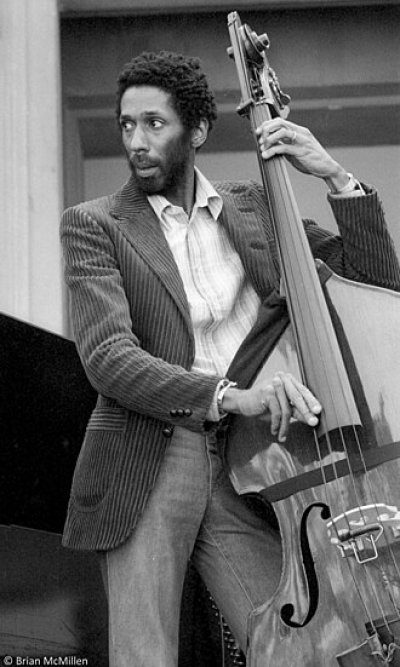
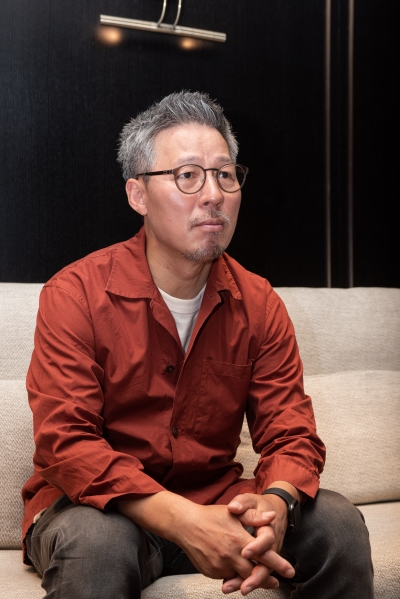
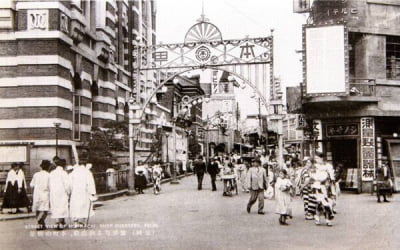

![K팝 업계에도 '친환경' 바람…폐기물 되는 앨범은 '골칫거리' [연계소문]](https://img.hankyung.com/photo/202206/99.27464274.3.jpg)

